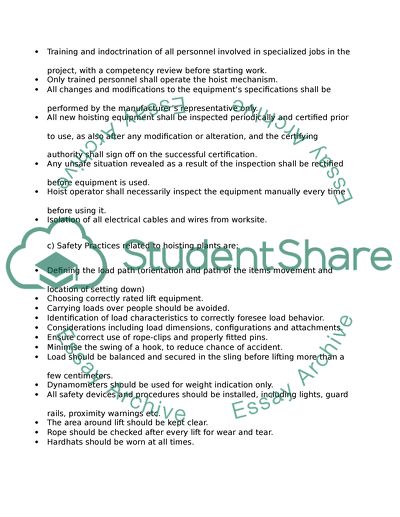Cite this document
(Health Safety and Welfare Report Example | Topics and Well Written Essays - 1250 words, n.d.)
Health Safety and Welfare Report Example | Topics and Well Written Essays - 1250 words. https://studentshare.org/technology/1555008-health-and-safety-4
Health Safety and Welfare Report Example | Topics and Well Written Essays - 1250 words. https://studentshare.org/technology/1555008-health-and-safety-4
(Health Safety and Welfare Report Example | Topics and Well Written Essays - 1250 Words)
Health Safety and Welfare Report Example | Topics and Well Written Essays - 1250 Words. https://studentshare.org/technology/1555008-health-and-safety-4.
Health Safety and Welfare Report Example | Topics and Well Written Essays - 1250 Words. https://studentshare.org/technology/1555008-health-and-safety-4.
“Health Safety and Welfare Report Example | Topics and Well Written Essays - 1250 Words”. https://studentshare.org/technology/1555008-health-and-safety-4.


